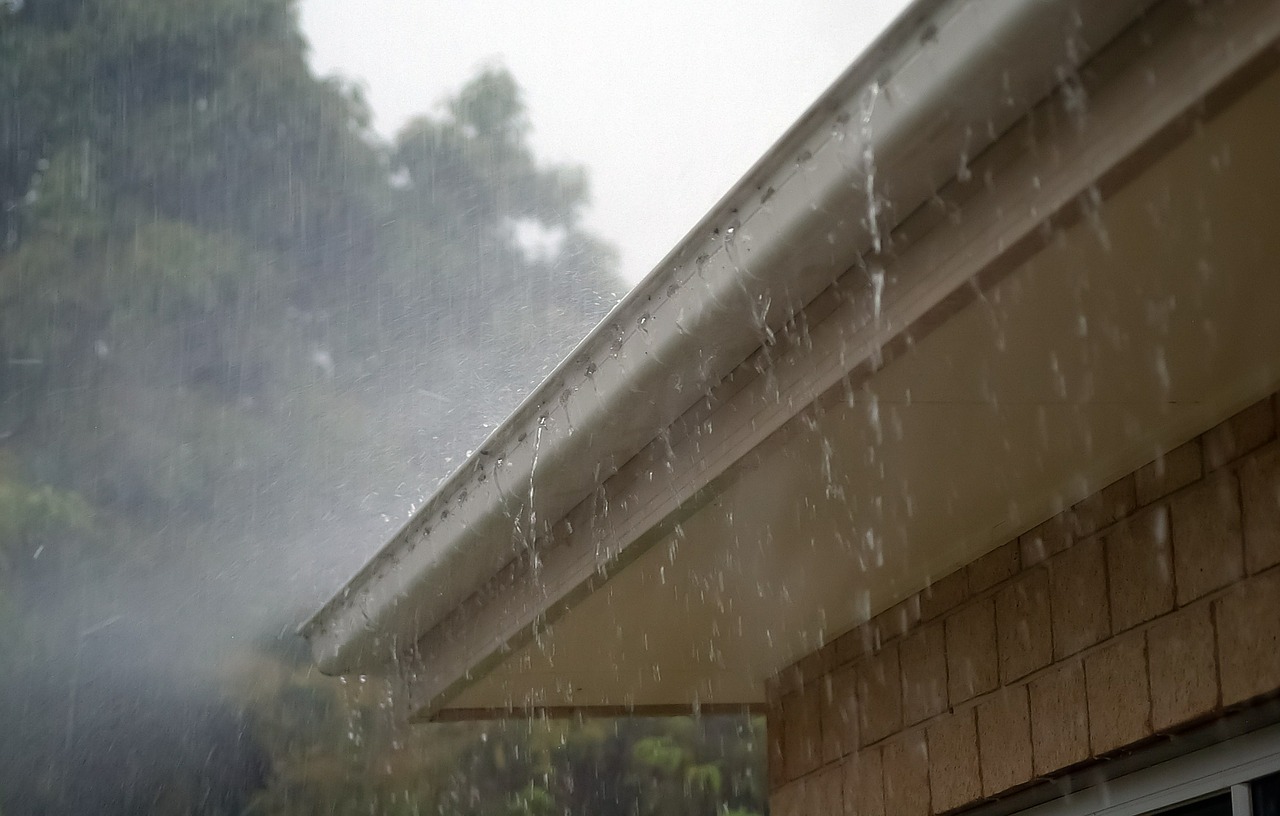While indoor spring cleaning may be top of mind when the buds begin to pop, exterior home maintenance shouldn’t be neglected. Drastic temperature changes, whipping winds and snow accumulation can cause weather-related damage that requires immediate attention so additional issues don’t arise throughout the remainder of the year
The good news is that you can tackle many of these projects yourself. When it comes to equipment, make sure you thoroughly check everything to ensure it’s still in working order. It’s never a bad idea to add a different version of a staple tool like a hammer as you’ll never know when it will come in handy. Just make sure you thoroughly research various models and brands before making a commitment. Before getting started, make sure you — and any fellow helpers — are well-versed on all of the safety precautions for each task, to include ladder placement, clothing requirements, what to stock in your first-aid kit and how to properly handle power tools.
Check Winter Roof Damage
Melting snow and ice can get underneath the shingles, which can cause indoor water damage that can be detected through your ceilings. This is why it’s important to assess your roof after a long winter. Start by looking for any water stains or damage on walls, ceilings and within the attic and chimney. Even if you come up with nothing, you’ve got to inspect the roof from the outside. With a steady ladder and a pair of gloves, look for any changes in tiles, pockmarks, or shingles such as buckling, breaks, or cracks. At this juncture, you can decide if you need to institute the help of a pro if the damage is severe, or if you can handle a smaller project like resealing loose shingles on your own.
Repair Exterior Paint
Give your home’s exterior a good deep clean with a pressure washer to eliminate winter-related dirt and grime. While you’re at it, look for any chipped paint — exposed wood can rot, so it’s important to address any worn areas. It’s a multi-step process that involves scraping away loose edges, wire brush and sand, apply wood filler, sand down after sanding, prime sanded area, and finally, apply the paint.
Inspect Gutters
You’re going to want to do two things when inspecting gutters: Look for areas that need repair and clean them. Starting with repairs, look for holes that need patching, leaky joints that need tightening, and sagging sleeves that need replacing. Cleaning gutters is as simple as using a gutter scoop to remove dirt, leaves, and debris then flushing out the gutters and downspouts with a hose. Just make sure your ladder is stable before beginning the project.
Check The Health Of Your Trees
While you need a professional arborist to do any heavy lifting such as the removal of limbs or the entire tree, you can inspect your trees to ensure they’re aging gracefully. Things to be on the lookout for include: Signs of decay (look for an open cavity in the trunk), the presence of fungus, cracks or deep splits, localized dead areas (could be present on the trunk or branches), overly thick foliage and heavy limbs, and unnatural growing patterns — exposed roots or branches.
To avoid making a costly mistake, make sure you understand how to do all the steps of the task at hand before diving in. If a project becomes too overwhelming — or you’re not exactly sure what to do — don’t hesitate to contact a pro. Even projects that are considered DIY can be risky, so exercise caution at every moment.
Photo Credit: Pixabay

